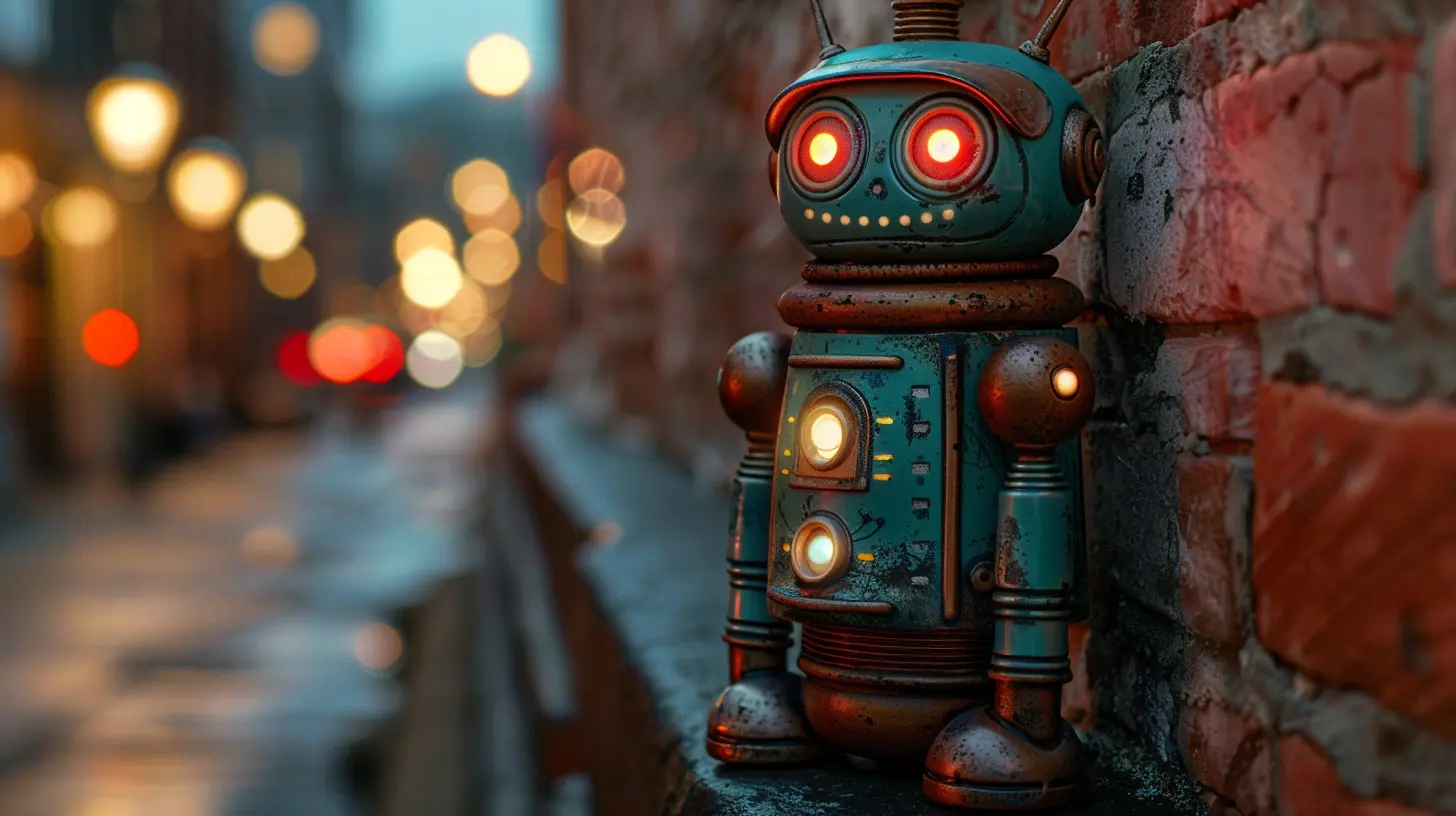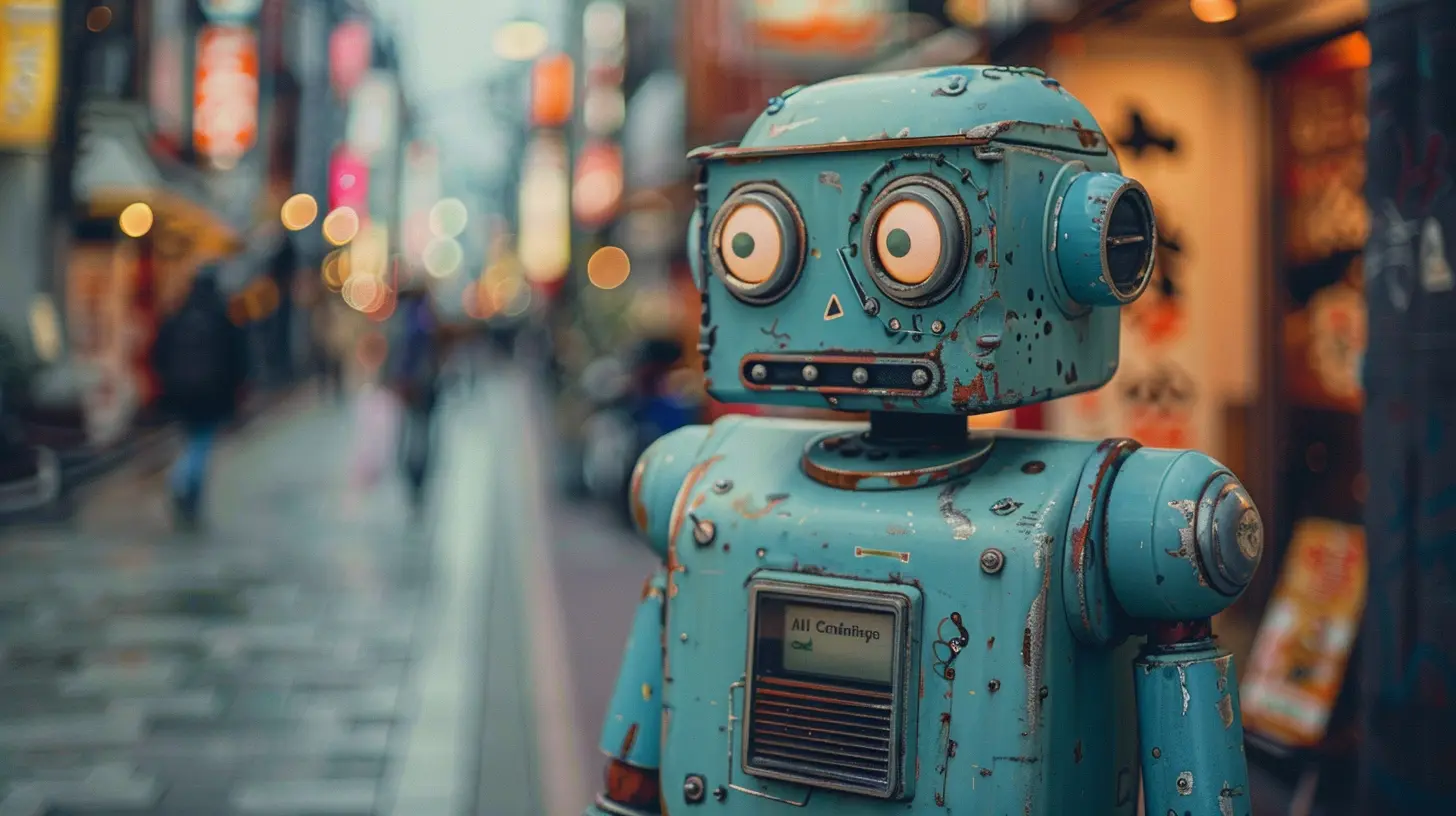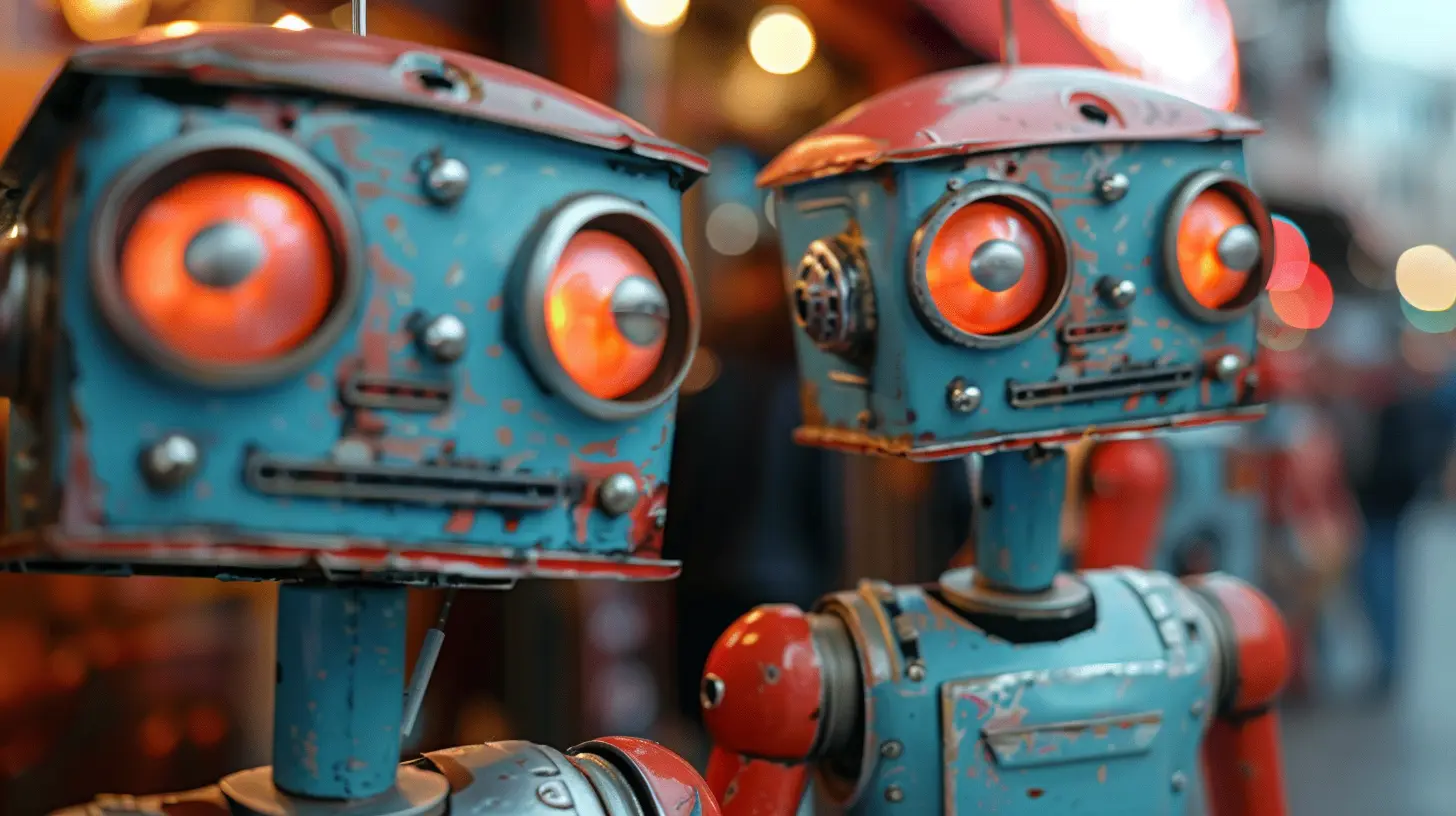The Role of AI-Driven Chatbots in Enhancing Customer Engagement
15 July 2025
Let’s face it—customer engagement is the bread and butter of any successful business. If your customers are happy, they stick around, spend more, and even bring their friends along for the ride. But here’s the catch: engaging with customers isn't as simple as it used to be. Their expectations are sky-high, and we’re dealing with a crowd that craves instant responses, personalized solutions, and, most importantly, consistency. So, what do we do? Enter AI-driven chatbots—the multitasking, ever-patient helpers that are quietly revolutionizing how businesses interact with their customers.
In this article, we’ll dive deep into the role of AI-driven chatbots in enhancing customer engagement. By the end, you’ll see why they’ve become the secret sauce for businesses looking to win over their audiences. 
What Exactly Are AI-Driven Chatbots?
Alright, before we dive into the nitty-gritty, let’s make sure we’re all on the same page. AI-driven chatbots are more than just software programs that spit out pre-written answers. These bad boys are powered by Artificial Intelligence (AI) and Natural Language Processing (NLP) technologies, which means they can do some pretty cool things. Think about how Siri knows your favorite playlist or how Alexa can order more coffee pods for you. It’s the same idea but tailored for customer interactions on websites, social platforms, or even over text.AI chatbots can understand context, detect emotions, and learn from past interactions to improve over time. They’re like that friend who remembers your coffee order down to the exact number of sugar cubes you want—minus the awkward small talk.
Why AI Chatbots Are a Game-Changer for Customer Engagement
So, why are businesses rolling out the red carpet for AI chatbots? Let’s break it down:1. They’re Available 24/7 (No One Likes Waiting)
Picture this: It’s 11 PM, and you’re struggling to figure out why your Wi-Fi’s not working. You visit your service provider’s website and spot a chatbot offering to help. That’s a game-changer, right? No one likes waiting on hold for hours or being told to "call back tomorrow." AI-driven chatbots ensure customers get assistance round-the-clock, no matter where they are or what time it is.It’s like having a customer service superhero that never sleeps.
2. Personalized Interactions, Just Like a Friend Would Offer
Let’s say you’re shopping online for a birthday gift. A chatbot pops up and says, "Hi, Sarah! I noticed you’ve been browsing watches. Would you like some recommendations?" That small touch of personalization can work wonders.AI chatbots analyze user data—like browsing history, past purchases, and preferences—to create experiences that feel tailor-made. Remember that warm, fuzzy feeling you get when your favorite barista knows your coffee order? Yep, AI chatbots can recreate that magic.
3. Speed Meets Accuracy
Modern customers don’t just want answers fast—they want the right answers fast. AI chatbots shine here by providing accurate responses in record time. Whether it’s tracking an order, resolving a billing issue, or offering product recommendations, they can handle it all.And let’s be honest, no one has the patience to sift through an FAQ page. AI chatbots serve as the shortcut we all secretly want.
4. They Speak Human (Kinda)
Remember when chatbots were painfully robotic and formal? “I apologize for the inconvenience caused. How may I assist you further?” Yeah, those days are long gone.Today’s AI chatbots are conversational. They use emojis, casual language, and even humor to make interactions feel more human. It’s like chatting with your tech-savvy cousin who actually knows what they’re talking about. 
How AI Chatbots Are Transforming Different Industries
Alright, let’s spice things up and see how these chatbots are reshaping industries across the board. Spoiler alert: They’re not just for tech companies anymore.E-Commerce: The Personal Shopping Assistant You Didn’t Know You Needed
From helping customers pick out the perfect jeans to offering real-time delivery updates, AI chatbots in e-commerce are absolute rockstars. They even handle post-purchase queries like refunds or exchanges, making the entire shopping experience smoother than a fresh jar of peanut butter.Healthcare: Your Digital Front Desk
Need to book a doctor’s appointment at 2 AM? Or maybe check your lab results without spending hours waiting on hold? AI chatbots are stepping up in healthcare to simplify appointment scheduling, send reminders, and answer patients’ basic questions.Banking and Finance: Because Time Is Money
Ever tried calling your bank’s helpline? Yikes, right? AI chatbots in banking are flipping the script. From checking your account balance to answering questions about loan eligibility, they make life easier for customers while reducing the load on human support agents.Hospitality: White-Glove Service (Without the White Gloves)
Hotels and airlines are leveraging chatbots for booking assistance, itinerary changes, and even local recommendations. Forget awkwardly approaching the concierge desk—a chatbot’s got your back.
Are There Any Challenges with AI Chatbots?
Now, before we get too starry-eyed, let’s address the elephant in the room. AI chatbots aren’t perfect (yet).1. Limited Understanding in Complex Scenarios
Sometimes, things get a bit too complicated for chatbots to handle. For example, explaining why a warranty claim was rejected might require a human touch. But hey, that’s why we still have good ol’ customer service reps.
2. They Lack the ‘Human’ Factor
Sure, AI chatbots are conversational, but they’re not actually human. They might miss emotional nuances, which can sometimes make interactions feel a bit hollow.
3. They Depend on Data
AI chatbots are only as good as the data they’re trained on. If a business has outdated or incomplete data, the chatbot’s responses could end up being less helpful.
How to Get the Most Out of AI Chatbots
If you’re a business owner (or just someone intrigued by technology), you might be wondering, “How do I make sure an AI chatbot actually works for my customers?” Here are a few tips:1. Start Small and Scale Up: Don’t try to make your chatbot the jack-of-all-trades from Day 1. Focus on a few critical areas like FAQ responses or order tracking, then expand features gradually.
2. Train with Quality Data: Make sure your chatbot is fed accurate, diverse data. The better the data, the smarter the bot.
3. Blend AI with Human Support: A chatbot doesn’t need to replace humans; it can complement them. When things get complicated, give customers an easy option to connect with a real person.
4. Monitor and Optimize: Regularly review chatbot interactions to identify gaps and improve functionality. Think of it as giving your bot a performance review every few months.
The Future of AI-Driven Chatbots
So, what’s next? AI chatbots are evolving by the day. We’re talking about hyper-personalized interactions, multi-lingual support, and even deeper emotional intelligence. In the future, businesses might be able to predict customer needs before they arise. Imagine your chatbot suggesting vegan options before you even mention your diet—cool, right?As AI technology advances, so does the potential for these chatbots to create customer experiences that feel natural, efficient, and downright delightful.
Wrapping Up
AI-driven chatbots are no longer a nice-to-have—they’re a necessity in today’s fast-paced, customer-focused world. They bridge the gap between businesses and customers, making engagement effortless, personalized, and (dare we say) enjoyable.Sure, they’re not perfect, but when used strategically, they can transform how businesses connect with their audiences. So, whether you’re in retail, healthcare, finance, or hospitality, it might be time to consider adding an AI chatbot to your team. Who knows? It might just turn out to be your MVP.
all images in this post were generated using AI tools
Category:
MarketingAuthor:

Remington McClain
Discussion
rate this article
1 comments
Atlas Barker
Great article! AI-driven chatbots are like your business’s friendly assistants, making customer engagement fun and efficient. Excited to see how they evolve! Keep up the good work!
July 22, 2025 at 3:21 AM

Remington McClain
Thank you for your kind words! I'm glad you enjoyed the article and share the excitement about the future of AI-driven chatbots in customer engagement!


